As a passionate food lover and avid home cook, I’ve always been fascinated by the incredible power of exotic spices. These tiny, fragrant wonders can transform ordinary ingredients into dishes bursting with flavor and depth. But spices aren’t just about taste. They also have a rich history, shaping cultures, cuisines, and commerce for centuries.
Throughout human history, spices have played an essential role in our lives, from ancient civilizations using them for medicinal purposes to modern-day chefs experimenting with exotic flavors to create fusion dishes.
In this blog post, we’ll embark on a journey to explore some of the rarest spices from around the world, delving into their origins, uses, and how they can elevate your culinary creations. So join me as we take our taste buds on a global adventure, discovering these extraordinary spices’ fascinating stories and tantalizing flavors.
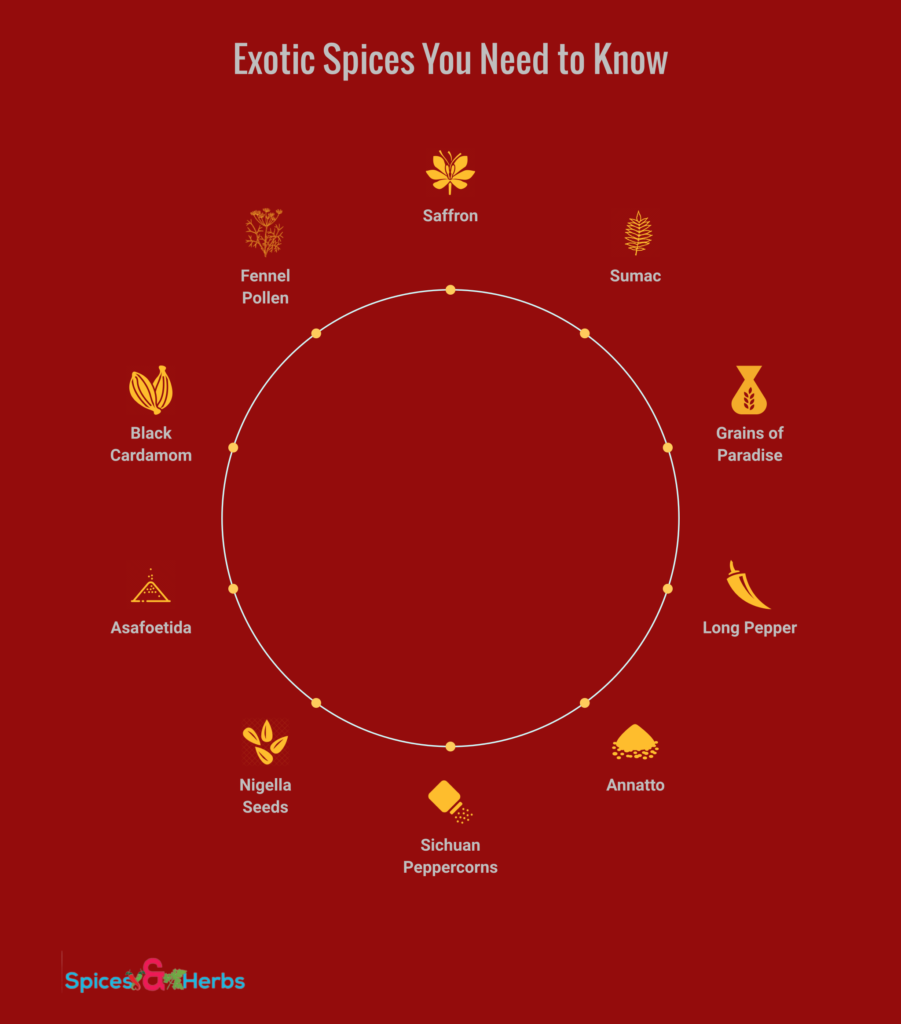
Saffron: The Golden Spice
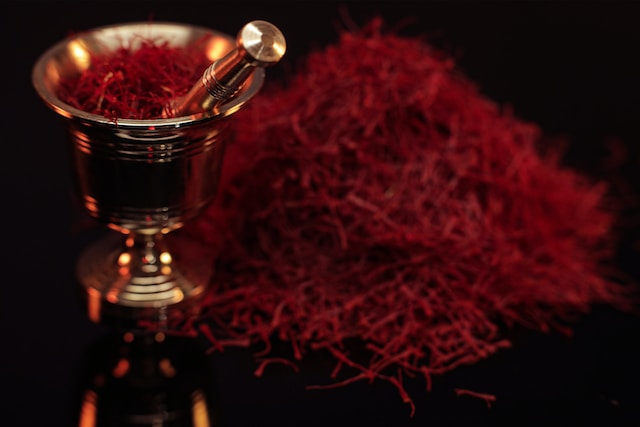
Saffron, often called the world’s most expensive spice, is derived from the dried stigma of the Crocus sativus flower. Originating in ancient Persia (now Iran), saffron has a rich history of 3,000 years. This golden spice is known for its distinct aroma, vibrant color, and subtle earthy flavor.
Saffron is one of the most exotic spices in the world and is commonly used in Mediterranean and Indian cuisine, adding a luxurious touch to dishes like paella, risotto, and biryani. People use it in traditional medicines and cosmetics due to its antioxidant and anti-inflammatory properties.
Sumac: The Tangy Spice
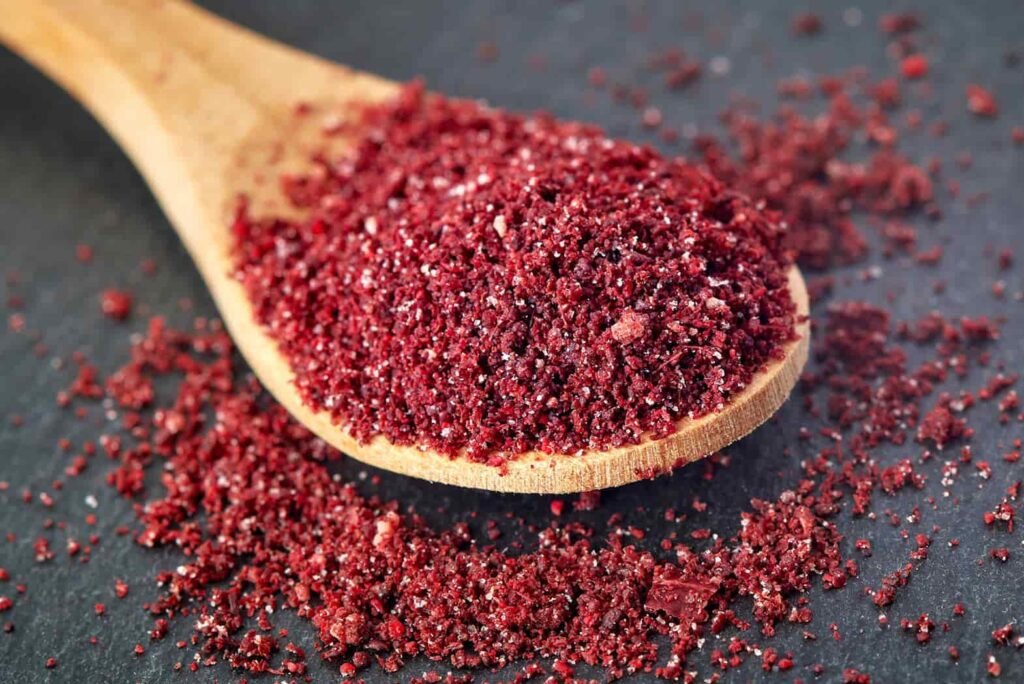
Sumac is a deep red spice made from the dried and ground berries of the Rhus coriaria plant. It’s native to the Mediterranean regions and has a tangy, lemony flavor that adds brightness and complexity to dishes.
Sumac is a crucial ingredient in traditional Middle Eastern cuisine, often used in spice blends like za’atar or as a seasoning for grilled meats, salads, and rice dishes. Its vibrant color also makes it an attractive garnish.
Grains of Paradise: The West African Secret
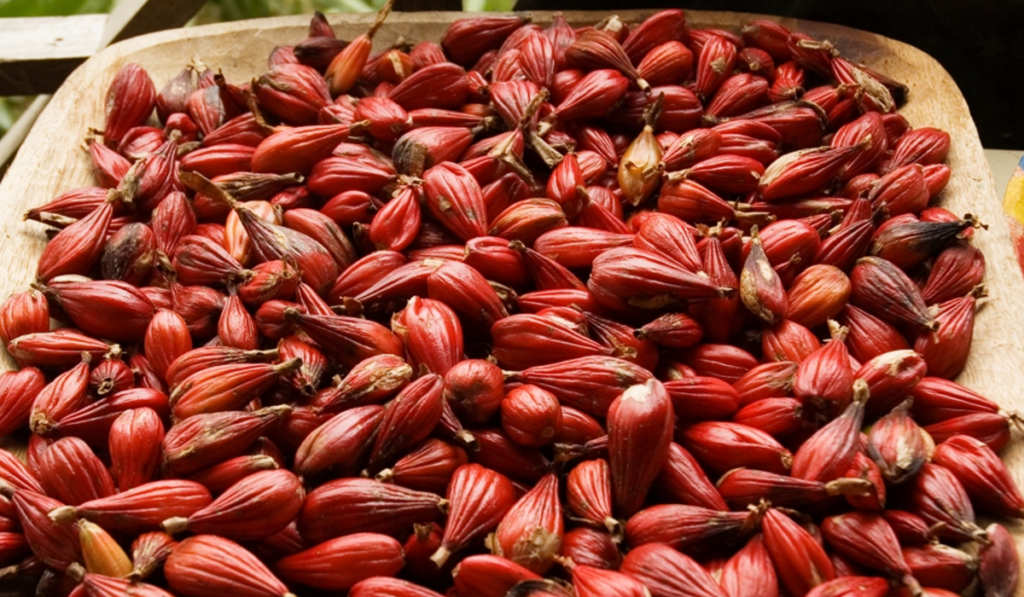
Grains of Paradise, also known as melegueta or alligator pepper, are small reddish-brown seeds native to West Africa. They boast a warm, spicy-sweet flavor with hints of citrus and cardamom.
This exotic spice was once highly valued in medieval European cuisine but has since fallen out of favor. However, it’s still used in traditional West African dishes and is returning in contemporary culinary circles. Try using it instead of black pepper to add depth and complexity to your recipes.
Long Pepper: The Forgotten Exotic Spices
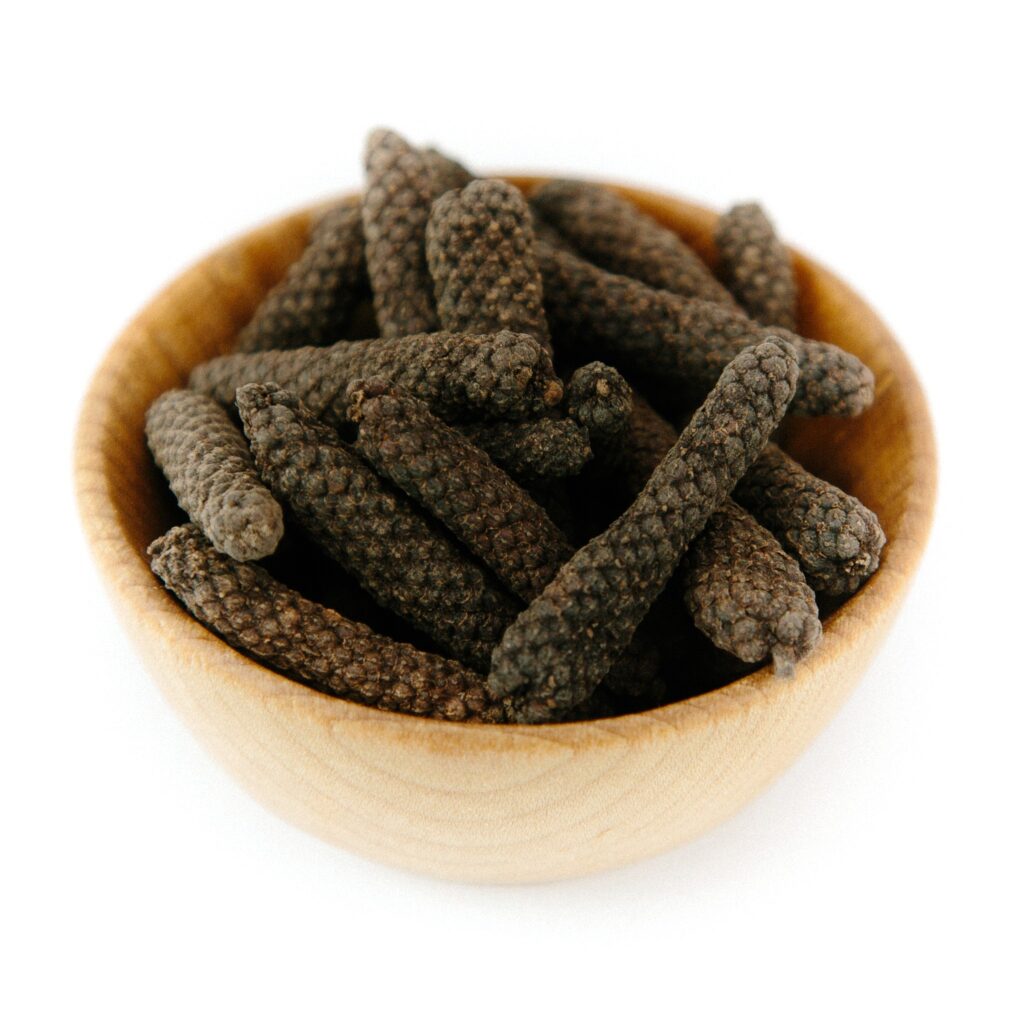
Grains of Paradise, also known as melegueta or alligator pepper, are small reddish-brown seeds native to West Africa. They boast a warm, spicy-sweet flavor with hints of citrus and cardamom.
This exotic spice was once highly valued in medieval European cuisine but has since fallen out of favor. However, it’s still used in traditional West African dishes and is returning in contemporary culinary circles. Try using it instead of black pepper to add depth and complexity to your recipes.
Annatto: The Colorful Latin American Spice
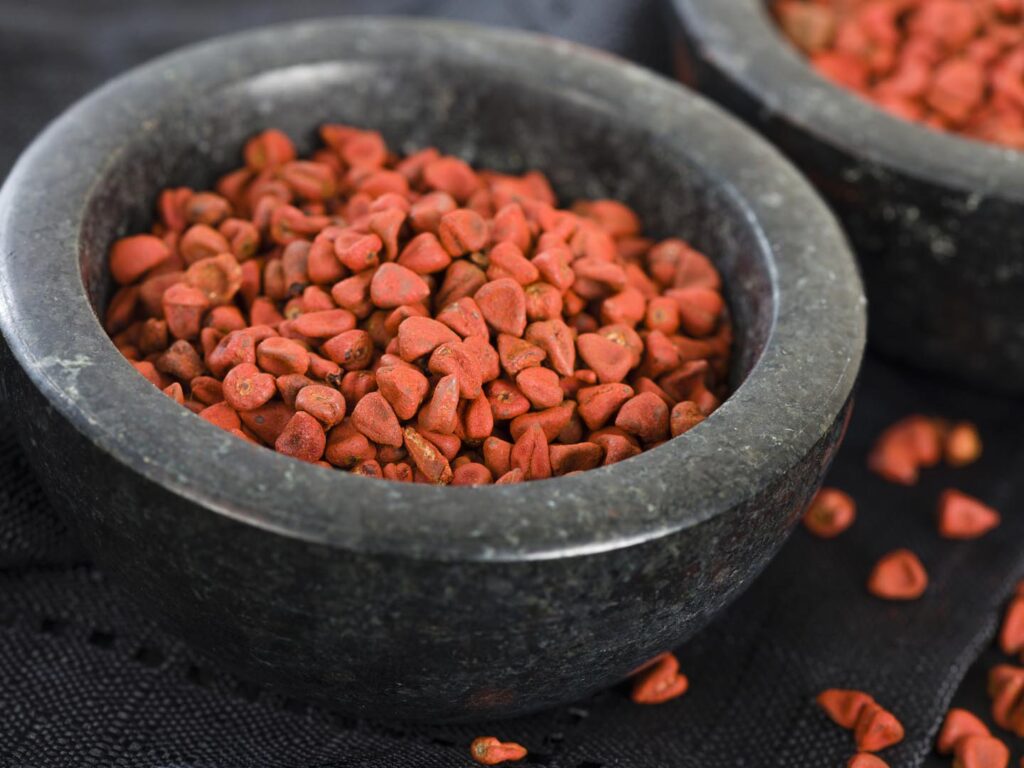
Annatto, also called achiote or roucou, is a reddish-orange spice made from the seeds of the Bixa orellana tree, native to Central and South America. It’s known for its earthy, peppery flavor and vibrant color, ranging from yellow to deep red.
Annatto is a Latin American and Caribbean cuisine staple, used as a seasoning and natural food coloring. You can find it in dishes like cochinita pibil, a slow-roasted Mexican pork dish, and arroz con pollo, a Spanish-influenced chicken and rice dish.
Sichuan Peppercorns: The Tingly Chinese Spice
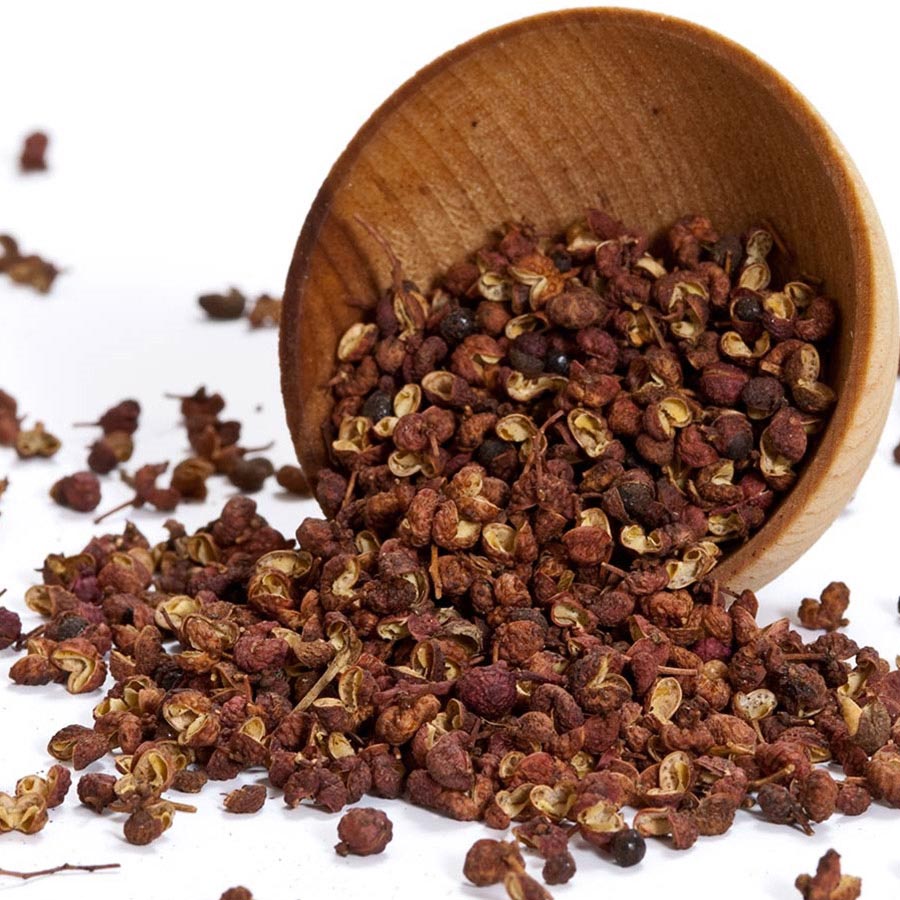
Sichuan peppercorns, also called Szechuan pepper or Chinese coriander, are small, dark-brown berries native to the Sichuan province of China. They have a citrusy, slightly floral flavor that creates a tingling sensation on the tongue, known as “mala” in Chinese cuisine.
To experience the unique taste of Sichuan peppercorns, try making a classic Sichuan dish like mapo tofu. This spicy, flavorful meal combines tofu with ground meat, chili bean paste, and Sichuan peppercorns, creating a mouthwatering, numbing sensation that will leave you craving more.
Nigella Seeds: The Bitter, Nutty Delight of Indian Cooking
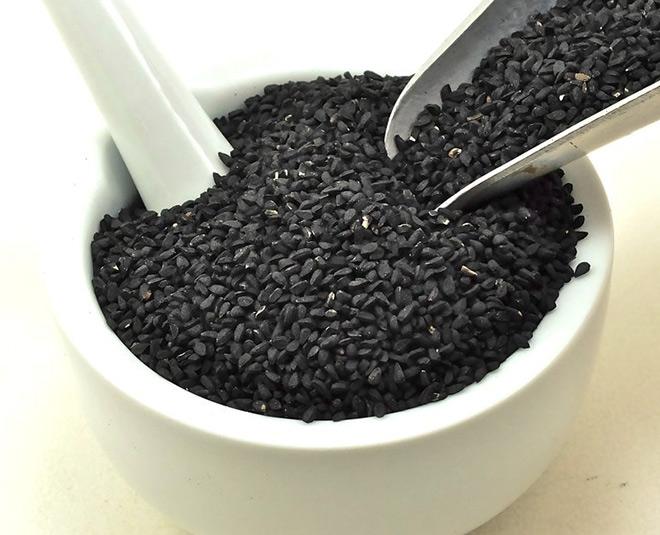
Nigella, also known as black cumin or kalonji, are small, black, and triangular. They have a nutty flavor and slightly bitter taste and are often used in Indian, Middle Eastern, and North African cuisines. An example of their use is in naan bread, often sprinkled on top before baking, adding a delightful crunch and flavor contrast.
Try making a homemade onion and chutney for a simple way to enjoy nigella. This tangy condiment pairs well with grilled meats, rice dishes, or even as a spread on sandwiches.
Asafoetida: The Pungent Powerhouse
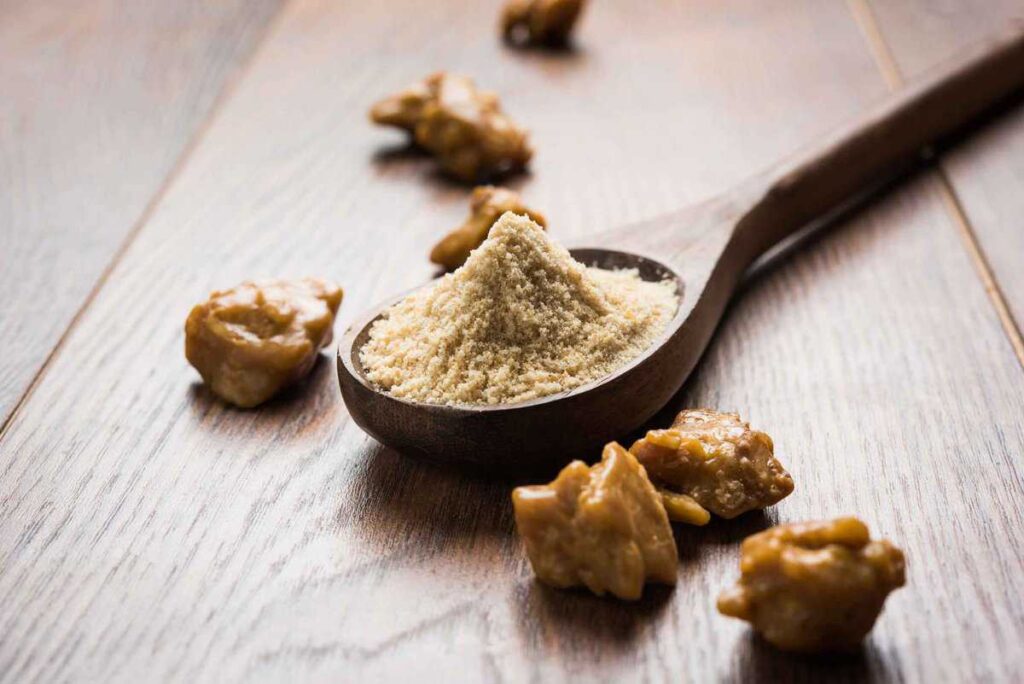
Asafoetida, also known as hing, is a dried, powdered resin derived from the roots of the Ferula plant, native to Iran and Afghanistan. This pungent spice is commonly used in Indian cuisine, particularly vegetarian dishes, to impart a savory, umami flavor similar to garlic and onions. Although its raw smell is quite strong and off-putting, asafoetida mellows out when cooked, adding depth and complexity to your dishes.
To use asafoetida in your cooking, add a pinch of hot oil or ghee before adding other ingredients. It will help release its flavors and infuse your dish with its unique aroma. Asafoetida pairs well with lentils, beans, and vegetable dishes, helping to reduce the gassy effects of these foods while enhancing their taste.
Black Cardamom: The Smoky Sibling
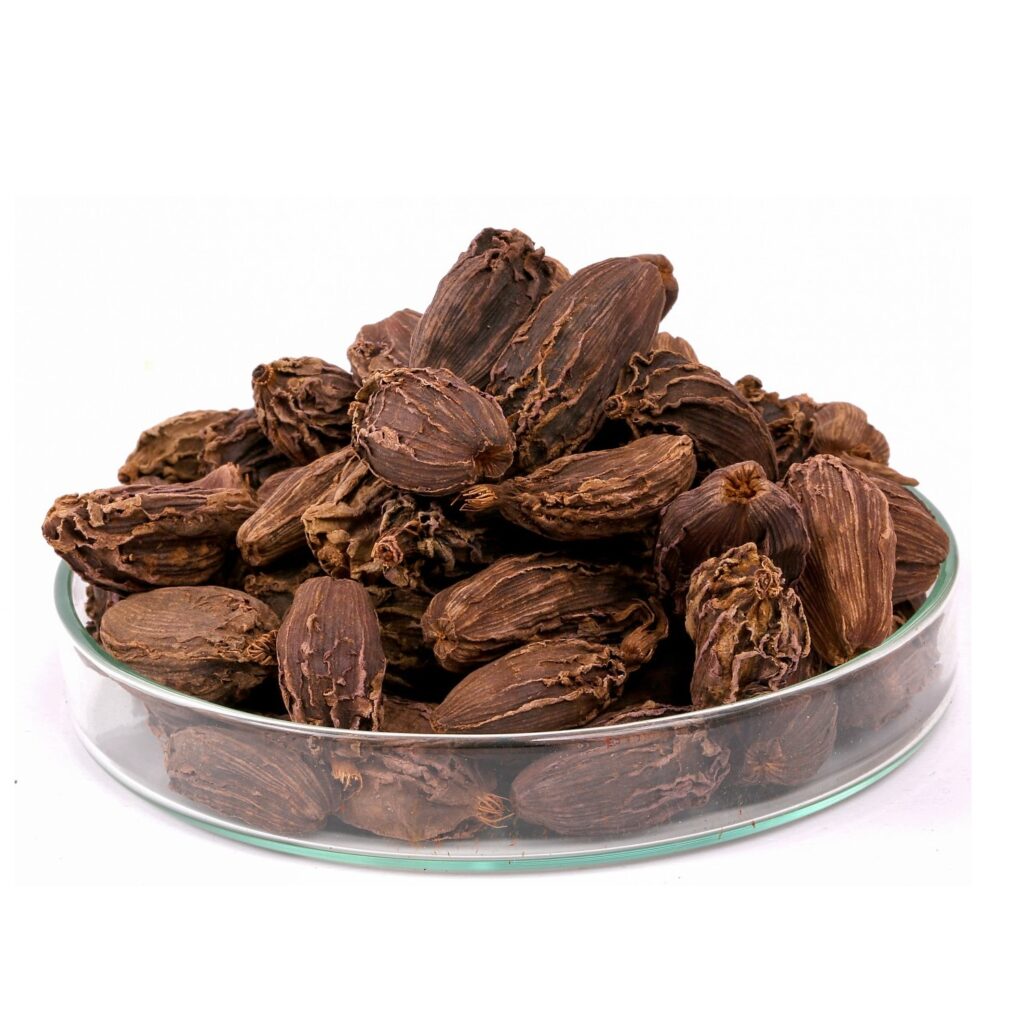
Black cardamom, also called hill cardamom or badi elaichi, is a spice native to the Eastern Himalayas. Although related to green cardamom, black cardamom has a distinctly different flavor profile, characterized by a smoky, earthy taste that adds depth to various dishes.
Commonly used in Indian, Nepalese, and Bhutanese cuisines, black cardamom is an essential ingredient in spice blends like garam masala and imparts a bold flavor to meat and rice dishes. To use black cardamom in your cooking, you can either crush the whole pod and add it to your dish or remove the seeds and grind them into a fine powder.
Remember that black cardamom is quite potent, so a little goes a long way. Experiment with small quantities to find the right balance for your taste buds.
Fennel Pollen: The Floral Finishing Touch
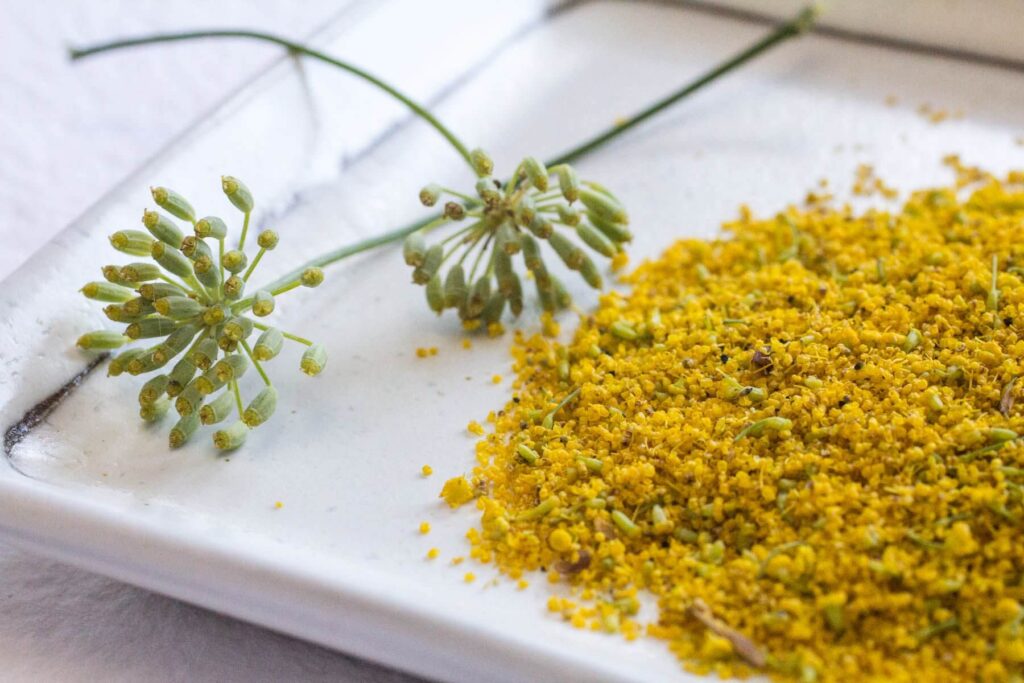
Fennel is the delicate, golden dust harvested from the flowers of the fennel plant. It is a versatile and delightful addition to a wide range of dishes with a sweet, floral flavor reminiscent of licorice and anise.
Popular in Italian cuisine, people use this spice as a finishing touch to pasta, risotto, and desserts. It’s also a fantastic seasoning for meats, as it imparts a subtle yet complex flavor that complements the natural taste of the protein.
To incorporate this spice into your cooking, sprinkle it onto your dish before serving. Its delicate flavor is best enjoyed when added at the end of the cooking process so it doesn’t overpower the other ingredients.
Frequently Asked Questions
Q: How do I store exotic spices?
A: So you’ve found some rare spices and want to ensure they’re stored properly. Make sure you’ve got a good airtight container to store them in. Mason jars or even an old spice jar you’ve cleaned work great. Keep your spices in a cool, dry place, away from heat, sunlight, and humidity.
That means avoiding storage spots above the stove, windowsill, or cabinets above the dishwasher. If you’ve got a pantry or cupboard, that’s a perfect spot! And if you want to geek out on your spice storage, label them with the purchase date so you know when it’s time to refresh your stash.
Q: Can I substitute one exotic spice for another in a recipe?
A: Ever been in the middle of making a recipe and realized you’re all out of a particular exotic spice but have another one on hand? You might wonder if swapping one for the other is possible and still getting the same delicious flavors. The short answer is it depends.
Some unique spices name have distinct flavor profiles that others can’t easily replicate, while others might be interchangeable. One tip is to research beforehand to see if similar spices could work as substitutes or to experiment with different combinations until you find one that works.
Q: Where can I find exotic spices?
A: Do you have a craving for something different in your cooking? You might want to spice things up by trying unique spices. They can turn an ordinary dish into an exciting culinary adventure. Many specialty grocery stores and online retailers carry various unique spices. Be sure to purchase from reputable sources to ensure quality and freshness.
Q: What is the most expensive spice in the world?
A: Saffron is the world’s most expensive spice, with prices reaching up to $20 per gram. That teeny-tiny red strand makes a difference to your paella and risotto. Saffron is so expensive that it’s often called ‘red gold’ due to its high value.
It takes over 250,000 strands of saffron to make a single pound, so it costs more than some precious metals. With a history of over 3,500 years, saffron is a highly sought-after spice that adds flavor and a dose of luxury to any dish it’s a part of.
Final Words
Incorporating exotic spices into your cooking is a culinary adventure and a personal growth and cultural appreciation journey. As you explore the world of global flavors and traditions, you’ll find that each new spice tells a story, allowing you to connect with diverse cultures and histories while enhancing your dishes in remarkable ways. The benefits of embracing these unique spices extend beyond the kitchen, enriching our understanding of the world and the people who have shaped its cuisines.
So, let’s embark on this flavorful journey together, celebrating the unique tastes and aromas that make our world a vibrant tapestry of culinary delight. Don’t be afraid to experiment, ask questions, and share your experiences with others. Doing so will elevate your cooking skills and forge connections with fellow food enthusiasts who share your passion for culinary exploration.
We would love to hear about your adventures with unique spices and global flavors. Please feel free to leave a comment below, sharing your favorite discoveries, recipe ideas, or any questions you may have. Let’s continue this delicious journey together, one spice at a time.
